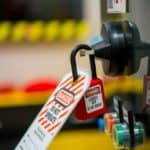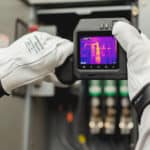Does your business or work site meet the definition of a high reliability organization (HRO)? While many plant managers or executives might think as much, if they aren’t prioritizing preventive maintenance at all levels, the answer is almost certainly “no.” Fortunately for them, SEAM Group is leading the charge toward more intuitive ways to understand how maintenance plans influence outcomes, providing the insight needed to institute dramatic organizational change.
HROs explained
Researchers define a highly reliable organization as any that has demonstrated its ability to overcome a host of inherent obstacles to safety and reliability to create a work environment with a proven record of success. HROs are present across many industries and can accurately describe nuclear power plants, hospitals or air traffic control centers. While the tools to get the job done might be vastly different, these organizations tend to share several common characteristics:
-
Operations are predictable and effective, despite risks and hazards that endanger hundreds or thousands of people at a time.
-
A willingness to shift decision-making to the most appropriate experts, including frontline personnel.
-
A commitment to investment in training and constant operational improvement based on data-driven findings.
Getting HRO ready
An overarching challenge in creating and managing an environment that meets the definition of an HRO involves finding the link between effective, preventive maintenance and cost efficiency. As explained in an article from Safety and Health Magazine, this requires plenty of work and investment, and that in turn means creating a sense of urgency throughout the organization.
To create the requisite sense of urgency to spur progress, plant managers need to come prepared with a convincing argument in favor of prevention. Safety and Health made note of several tactics that managers can implement in pursuit of this goal:
-
Adopt a top-down, forward-looking perspective to understand where gaps in safety or reliability lie.
-
Start measuring the relevant data surrounding each of those weak points.
-
Reward execution among colleagues where appropriate, but focus on overall value when pitching new ideas to executives.
Some of these ideas might seem obvious in the abstract, but it can be difficult to accurately track and understand reliability metrics day-in and day-out. SEAM Group gives plant managers the tools and knowledge they need to spark these high-level initiatives, allowing the adoption of HRO levels of performance and safety in no time.





